One month of walking, wow. It’s honestly a full-time occupation – every day, from about 8am to 4pm with the odd day off thrown in. You might ask, what would that be like?
Well now our first month is all completed, we have these ten little lessons from thirty days walking the Via Francigena:
1. There’s a whole lotta culture shock
The first week to ten days of one month of walking were majorly difficult for us, mostly mentally. The entire walk loomed ahead, and the amount of work it would entail became apparent. We doubted whether we could walk, camp and pre-plan every day for months. Bags, bank balances and blisters all weighed heavily on our shoulders, minds and feet. And who walks that far anyway these days? Well, we do and you soon get used to believing it.
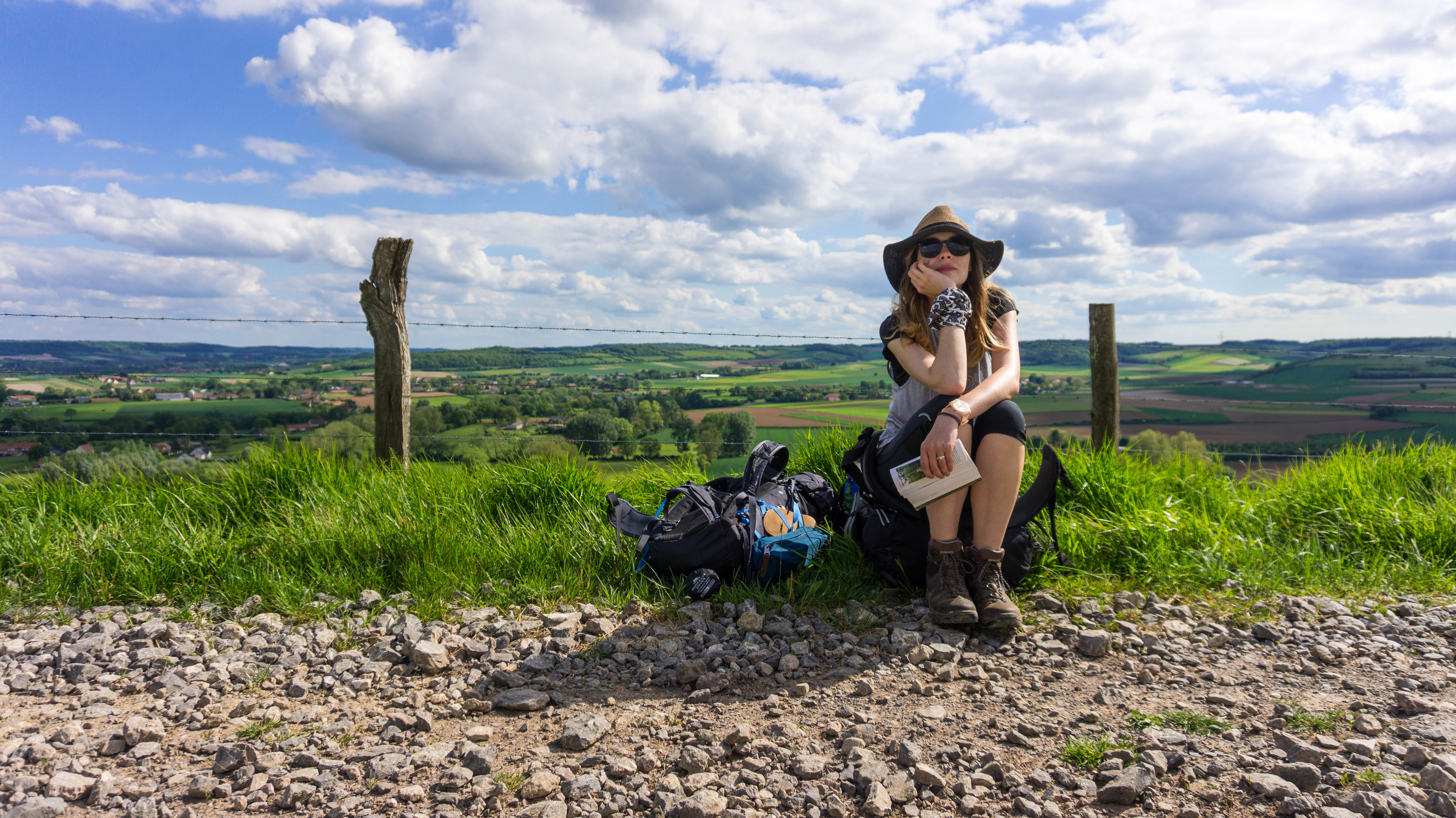
2. Local people are friendly to bag-laden strangers
Walkers don’t look particularly threatening, rather just little creatures looking for shade, food, water or somewhere to collapse. Locals have come out of their houses to offer us Magnums, shop owners cans of cold coke, hoteliers somewhere to camp for free. They ask where we are going, how old we are, pat us on the arm, and wish us bonne route without batting an eyelid.
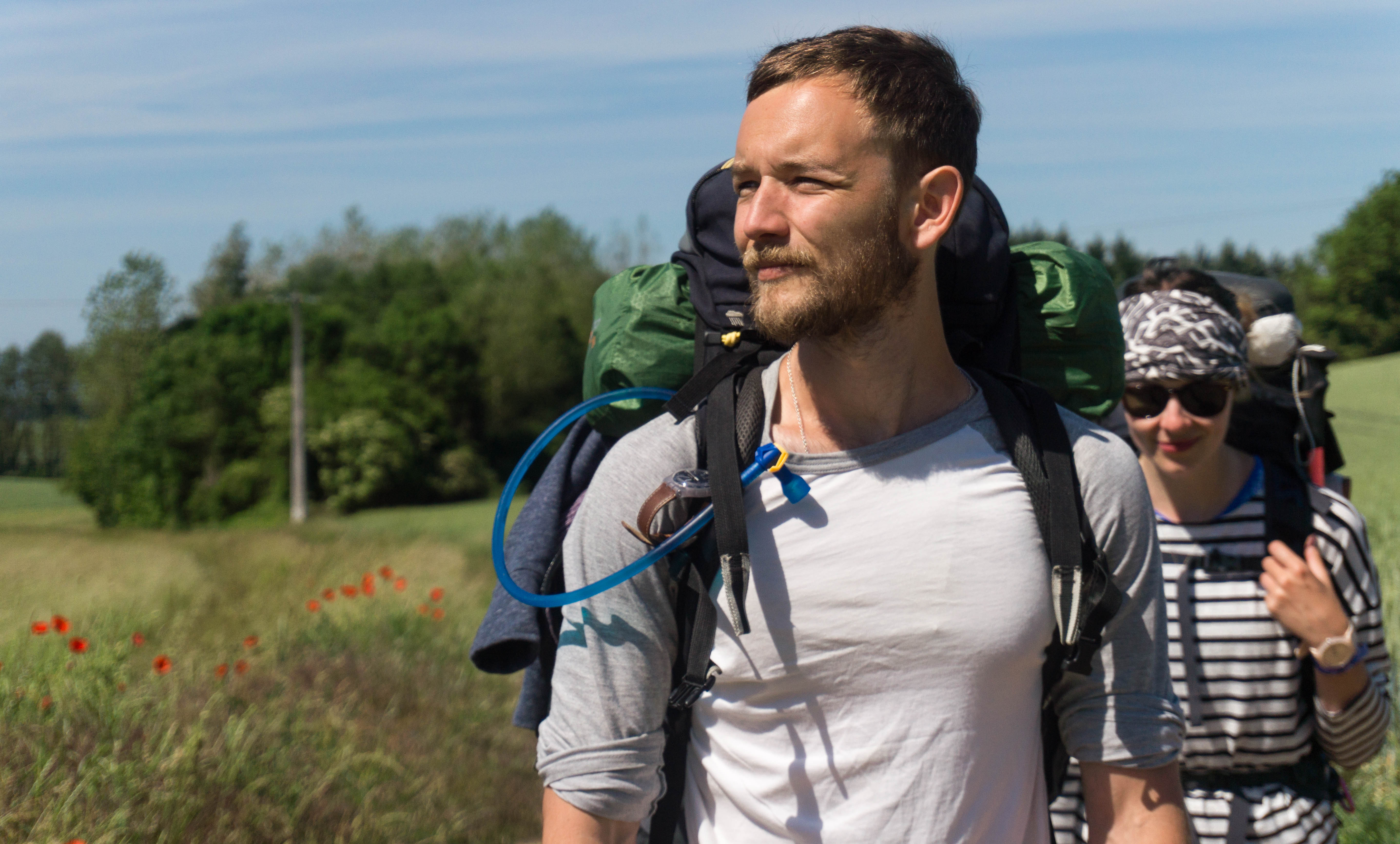
3. There are a few phrases that are so, so useful. Fluency is also great.
We don’t really speak French which is turning out okay, but it is useful to have some phrases. Even after one month of walking Luke cannot -cannot- say the world pèlerin (pilgrim). Cue said friendly French looking at us inquisitively and politely asking if we are speaking Spanish.
4. There’s a mysterious commitment to finish
We cannot quit. Bar some terrible physical injury, we’re in this now and for some reason with every step you feel drawn further and further down its path. Aside from the fact we’ve put in a ginormous amount of effort, we feel compelled by something else and we really don’t know why.
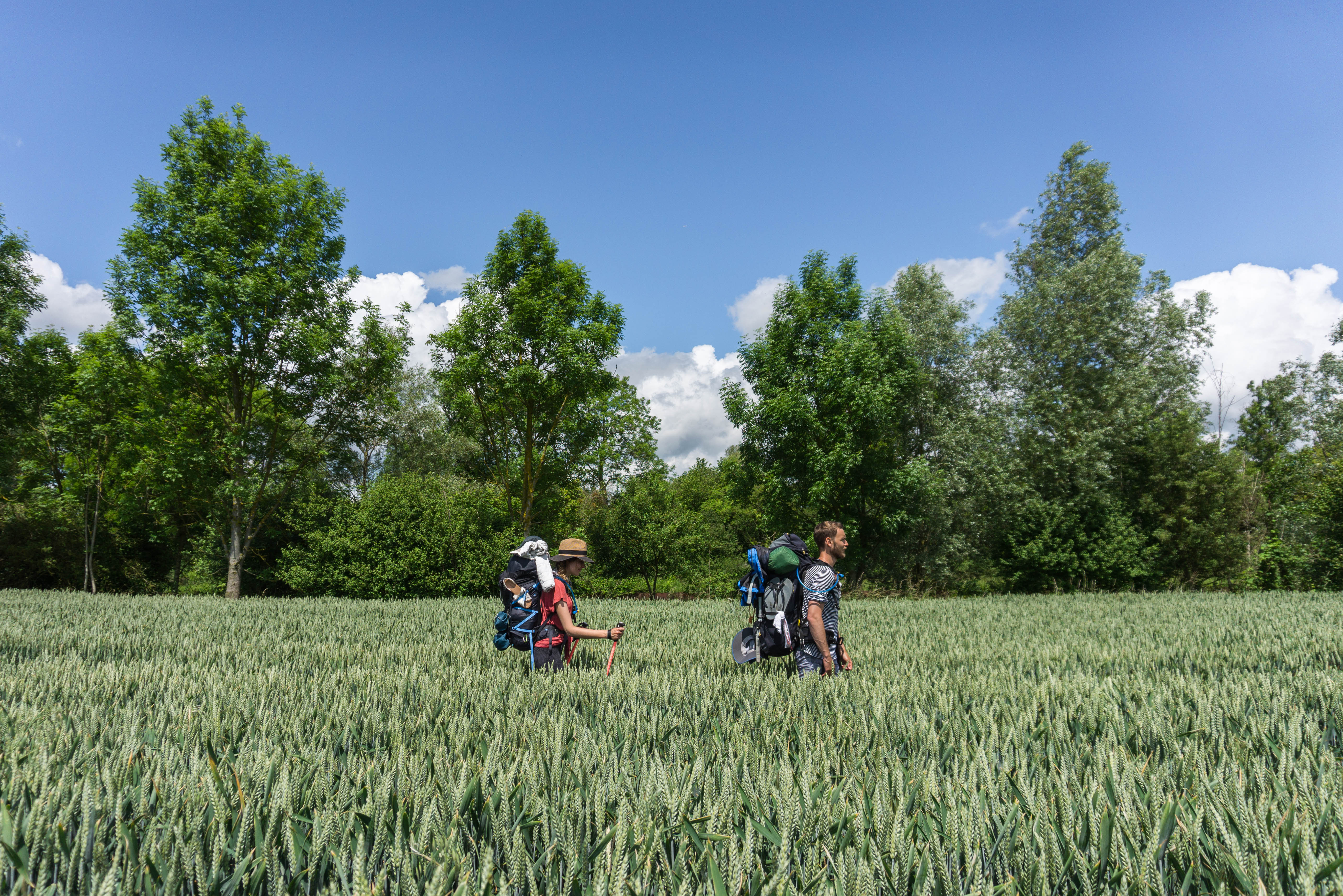
5. There will be blisters
Not so much something we’ve learned but painfully walked on for thirty days. Don’t bash them on the edge of showers either or there will also be blood. Compeed them up and keep going. Oh, and take your shoes off at every stop.
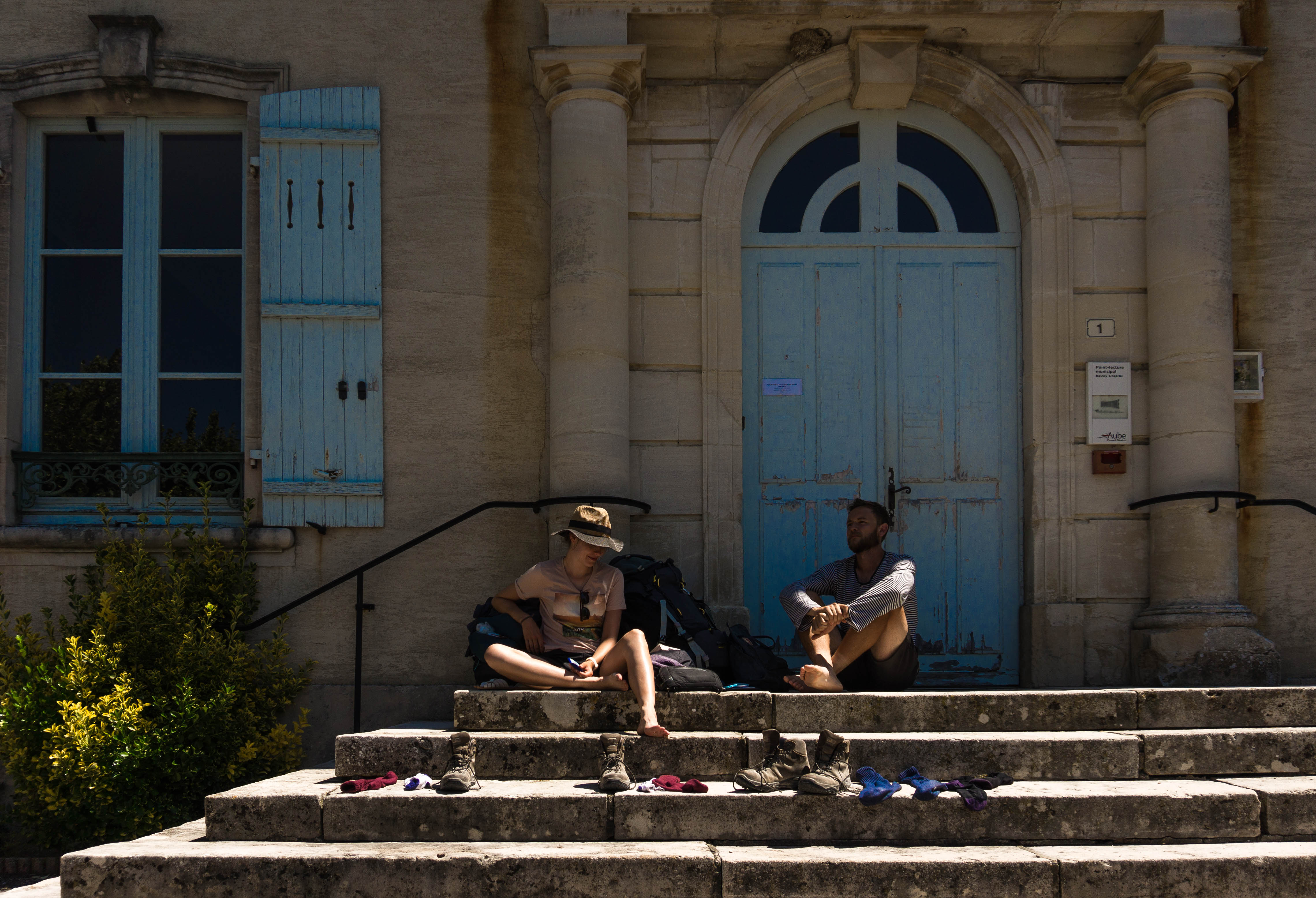
6. There’s more to the route than just walking
As with other trails, the Via Francigena walks you through some incredible bits of country. It’s an old path, but what we hadn’t thought about was how it would intermingle with the human histories that have come after it. We will never forget how the Remembrance Trail crosses over so closely with the Via Francigena in northern France. And how much this route has seen over the years.
7. There are days of no pilgrims or indeed, people
The Via Francigena in full is not walked all that much. We have met precisely six other people during one month of walking the Via Francigena, and even some of them aren’t doing the whole thing. That’s a lot of days of birdsong and humming under your breath.
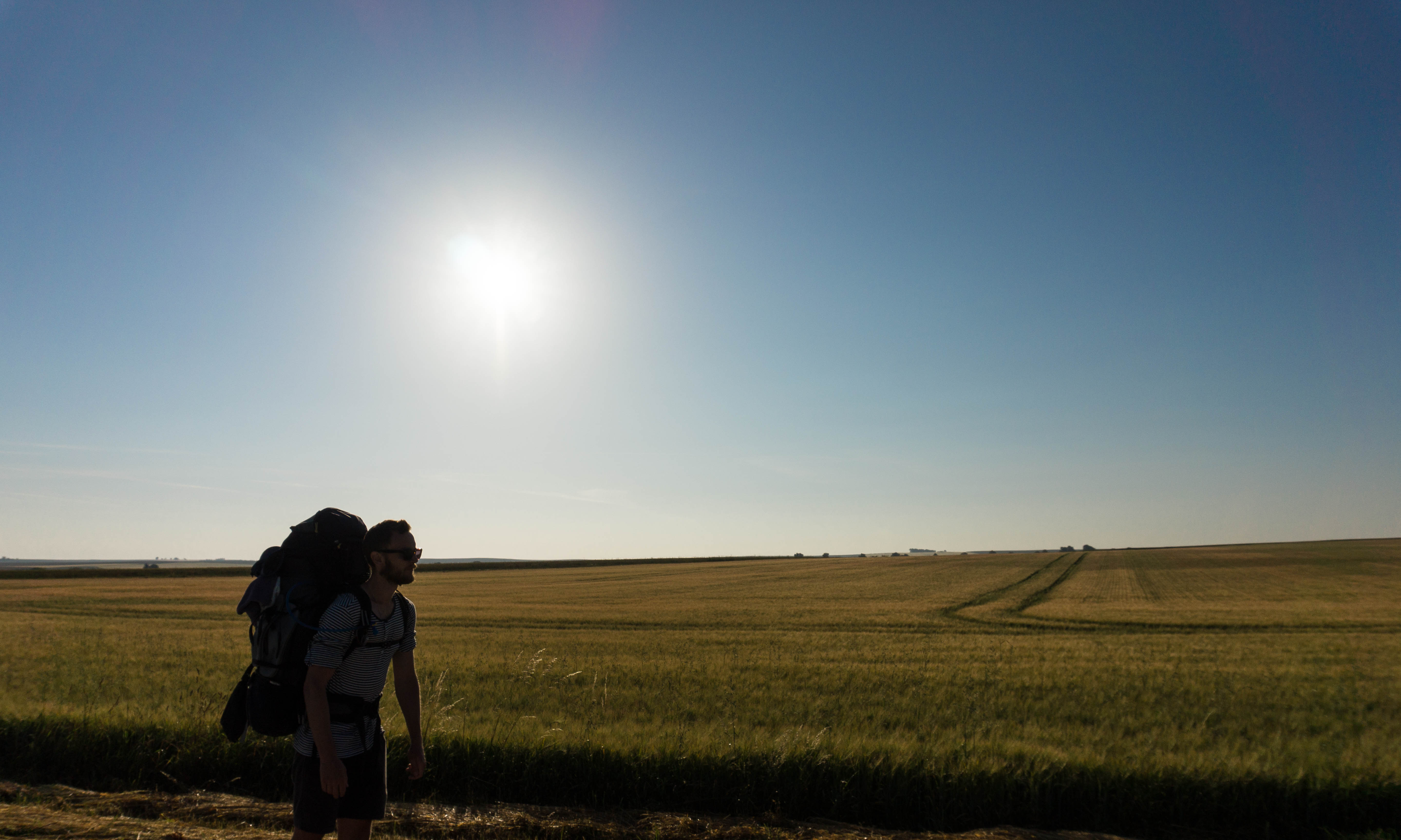
8. There is a change of mindset needed
On a practical level, trying to think of this as a walk to Rome is too overwhelming; instead we have worked out that it’s much easier to focus on a few days ahead each time, sorting out accommodation and distances as we go. We just ignore signs such as this:
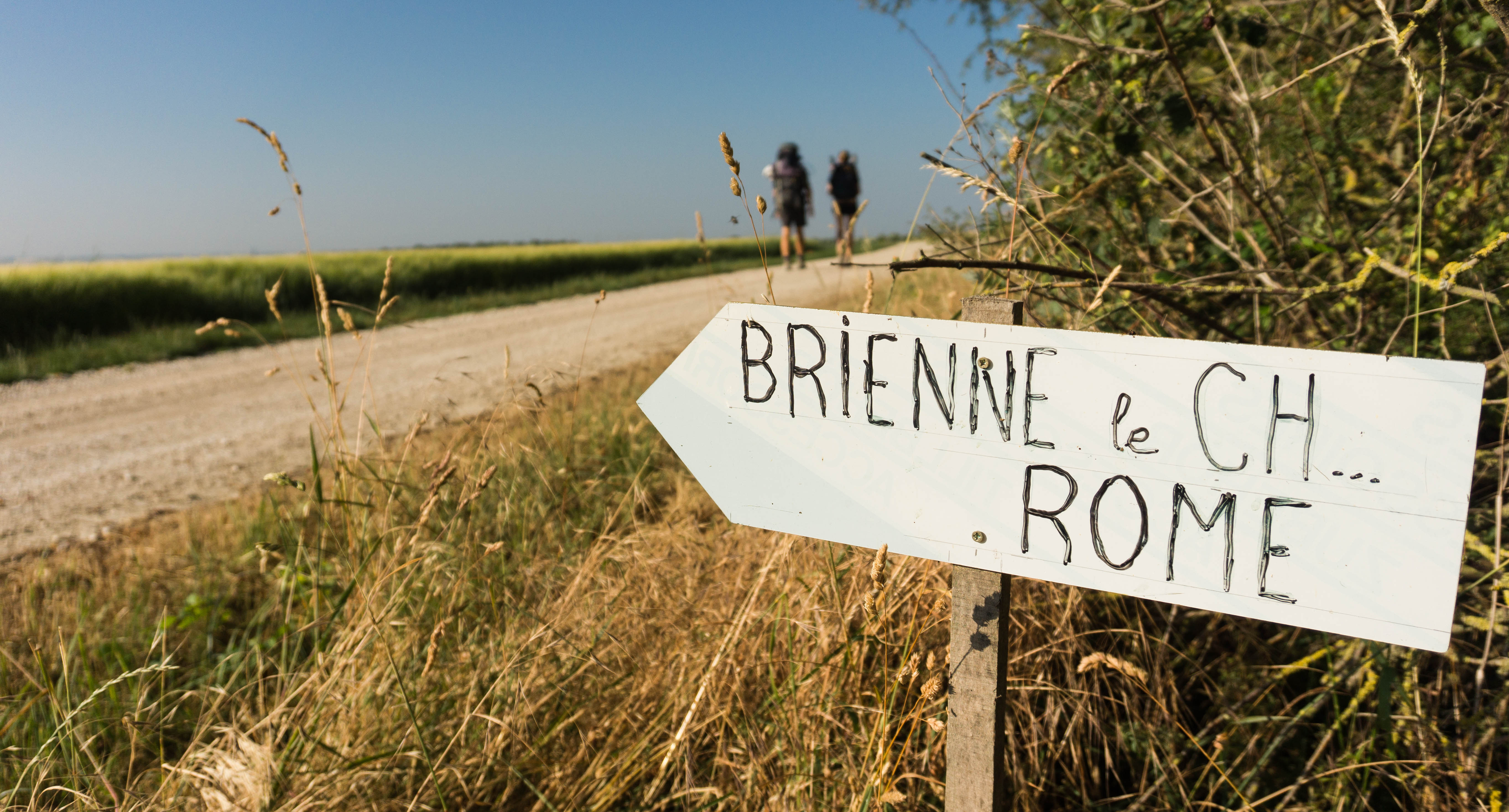
9. This is working
Looking at the map, it’s become clear: we’re walking to Rome and it’s slow but we’re actually getting there. Turns out you can cover quite impressive distances by walking around 20km a day. One month of walking is a draw-a-line-on-a-map-of-Europe kind of distance!
10. There’s not just one way
This is actually a weird issue with the Via Francigena that we’ll be talking about in a whole other blog, but the Via Francigena is actually not one trail at all. Ooooh yes, one month of walking has told us that loud. and. clear. It instead joins up a whole raft of tracks, roads and footpaths, sometimes sending you in multiple directions. This means you have to constantly make decisions weighing up distance, scenery, amount of time walking on the road, etc. But what we realised (as we tramped through six foot of wheat sheaf) is it’s really about finding your own road to Rome. And that’s true on lots of levels anyway, isn’t it?
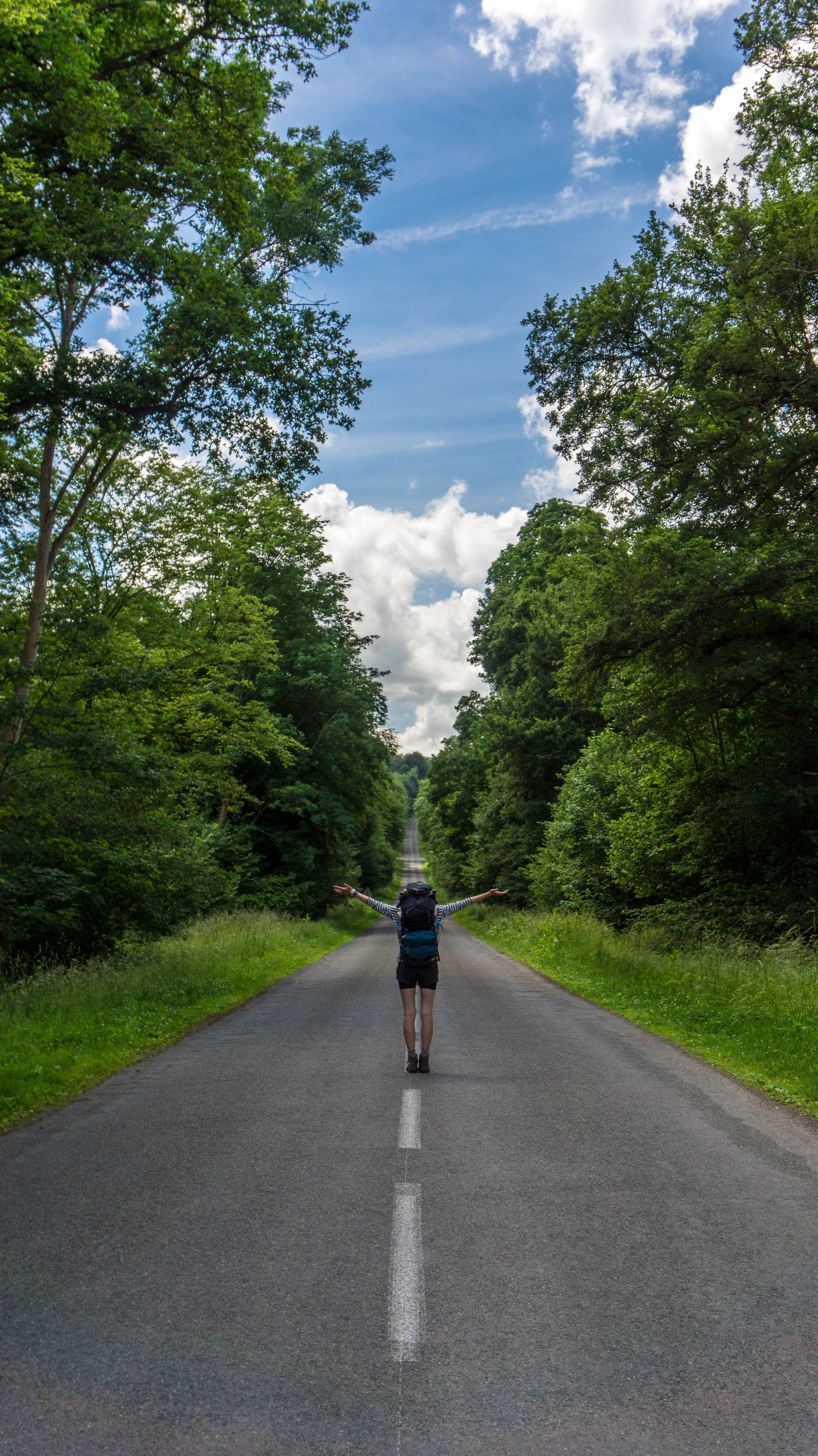

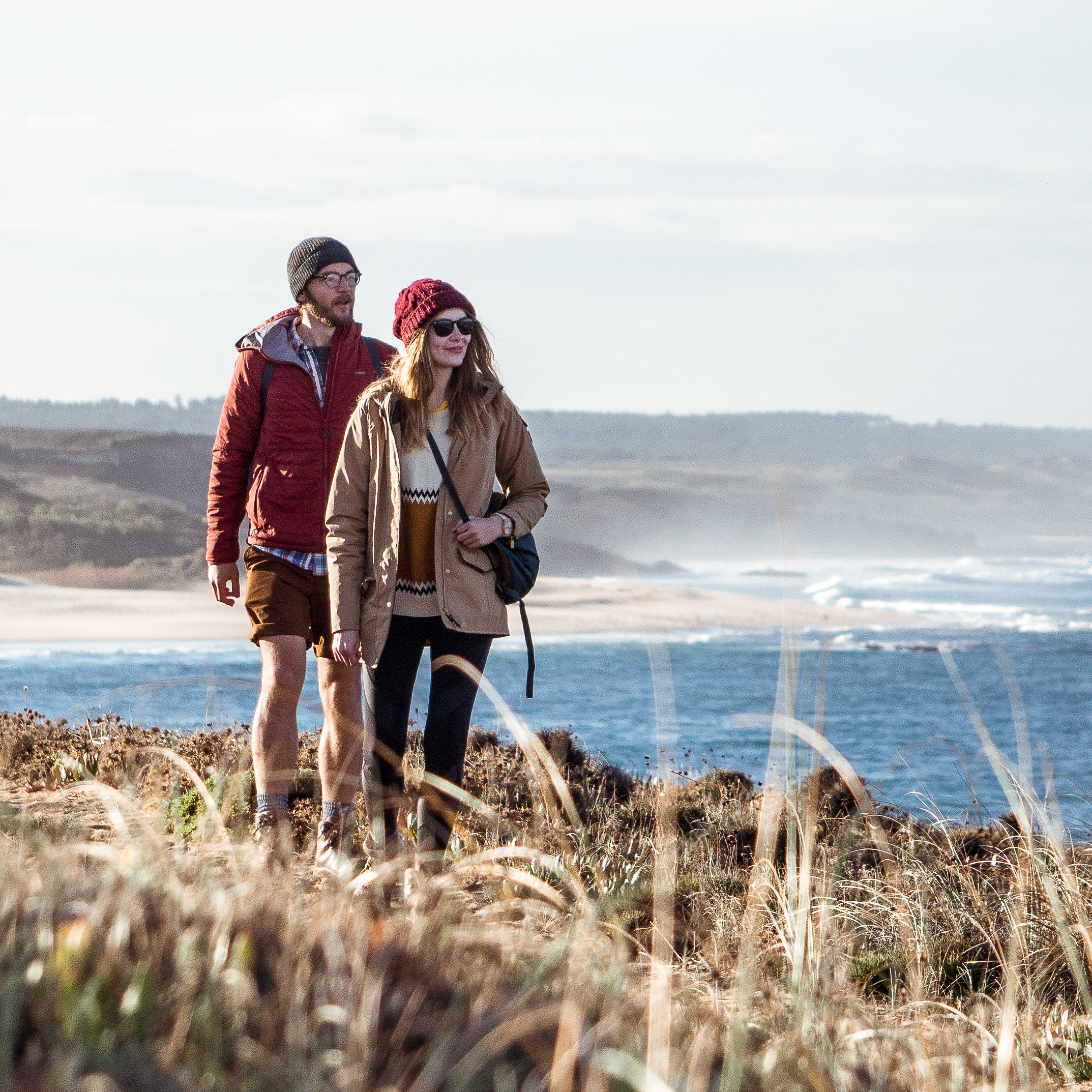
Hi Nel and Luke,
thank you so much for the update. I can’t imagine how you must feel.
Your determination is amazing. Rome, here we come.
Thinking of you both and hope people are spoiling you on your way.
You both are FANTASTIC.
Love, Corry and Chris❤️?xx
It’s a strange feeling walking to Rome! Ha ha people have been very nice along the way – we are constantly surprised at the generosity that people show to complete strangers. Probably helps being weighed down with big bags!
Wow guys – how exciting you’re doing this. So I’ve no experience in trekking and I’m about to do WHW over 7 days, carrying my own stuff too rather than luggage transfers and I can’t get my head around saying I’ll be walking for 7 days so that’s a great tip, about breaking it down. I’m going to take it one day at a time. Congrats on all you’ve done so far and keep walking !
You’ll love it! Let us know how it goes, we haven’t done the WHW, but it’s on our to-do list. So too is the EHW and the newly launched (officially) Hebridean Way – check that out! You’ll definitely be doing another long walk after the WHW! Good luck and thank you for commenting, L&N
Did you carry a tent etc for camping? My wife and I recently completed the full Camino de Santiago Frances route but did not need to bring camping gear as the accommodation along the way is excellent and plentiful. We have been invited to walk next year from Canterbury to Rome. Can you recommend a good guidebook
Hi Darryl,
We did carry a tent and used it about 70% of the time during the first two months between Canterbury and Aosta. It becomes tricky to camp in Italy, but thankfully there are more pilgrim hostels to stay at.
We’d recommend a tent for the first half of the walk. We used both the Cicerone guidebooks to the VF and also the digital Lightfoot guides. Plus in Italy we relied most heavily on the Terre di Mezzo guidebook because the maps are fantastic.
Any other questions, let us know, and good luck planning!
Luke & Nell
Hello and Happy New Year from tiny Spring City, Utah! Love your posts and photos. You have inspired us to consider the Francigena for our 2020 Adventure. We dislike walking on tarmac and along busy roads. Is there much tarmac walking along the route? Thank you!
Happy New Year! Great to hear you’re thinking of the VF. Are you planning on walking the entire route? Inevitably with a long pilgrimage route there is some road walking, but it’s really not common. In France there is more than in Switzerland and Italy, but really it depends on which guidebook you use. The Lightfoot Guide in France gets you off the roads, but therefore adds more distance. Depends on how long you want to be walking for! 🙂
Thanks for the message,
Luke & Nell